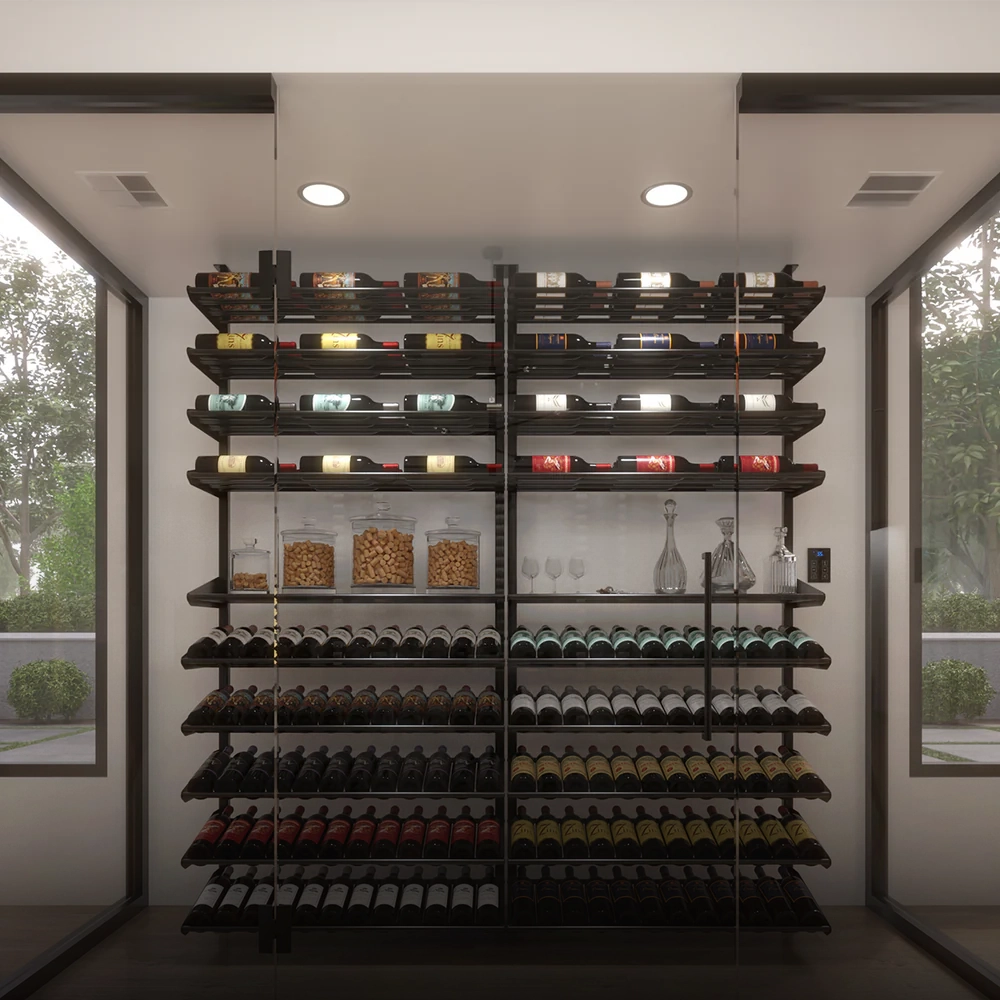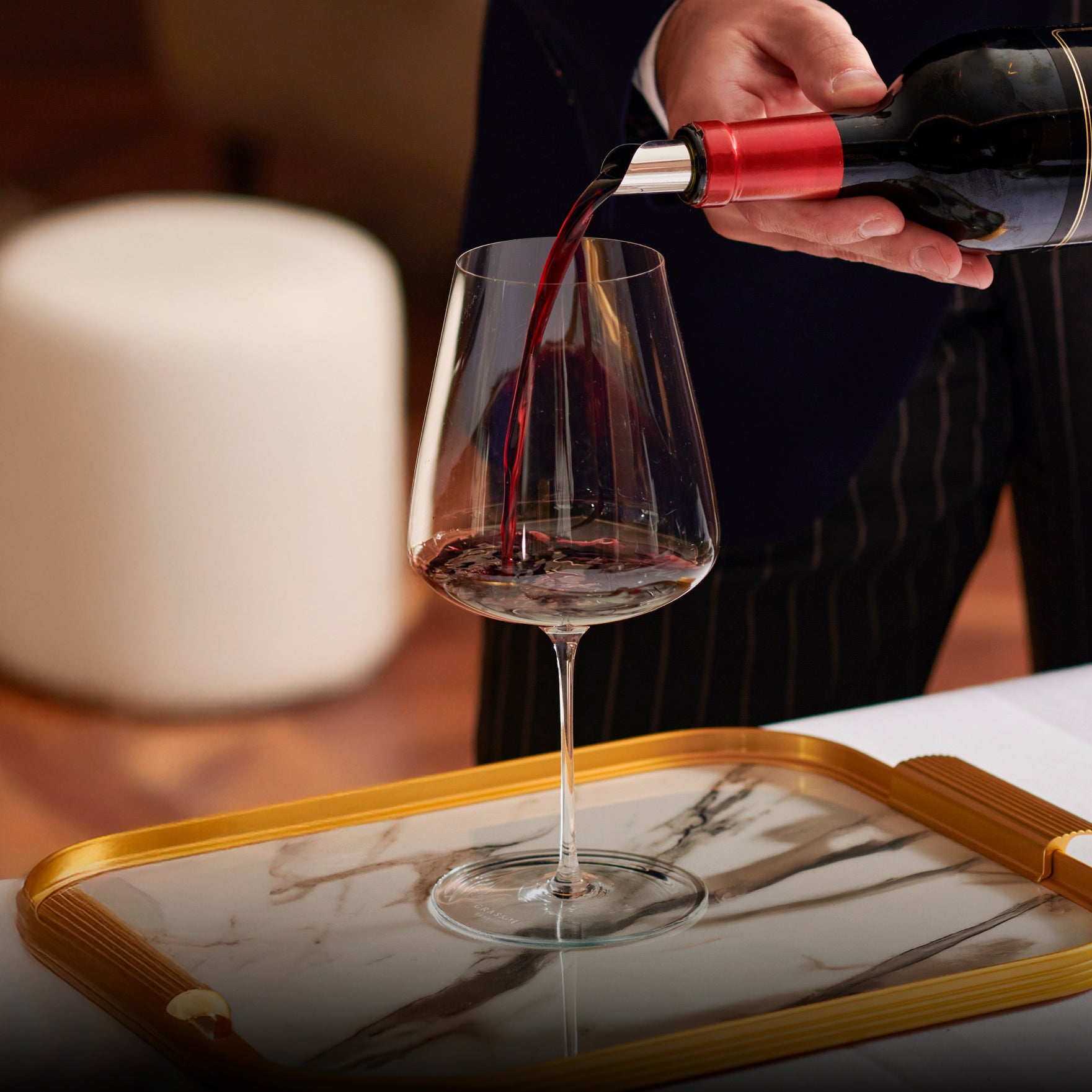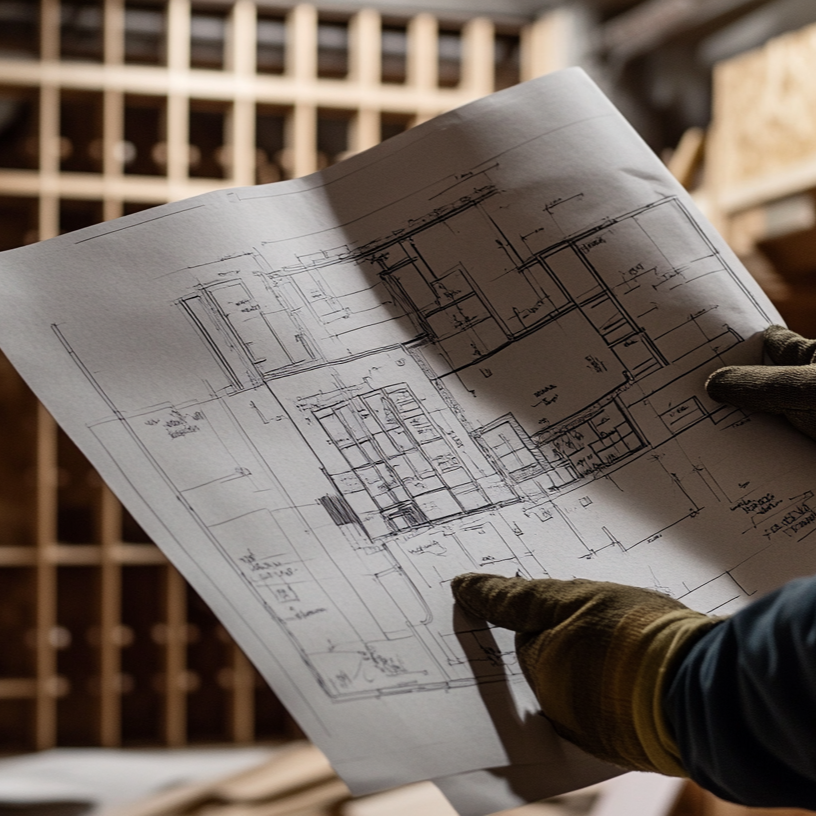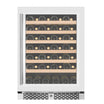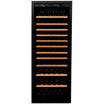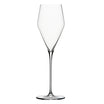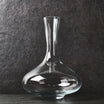Wine collectors appreciate the satisfaction that comes from building a home wine collection. It’s an opportunity to acquire and showcase rare and exquisite bottles of wine. Moreover, a home wine cellar is like having an exclusive wine club right in your own house.
Wine storage and preservation is the art that comes from having your own wine storage cellar. Vintage wines can be preserved for years, if not decades, using proper wine storage techniques. Wine aging processes allow subtle tastes and textures to develop, increasing the value and quality of the wine when the cork is finally popped.
Ensure the aging process occurs without issue. Invest in the right wine storage racks to ensure your collection of vintage bottles are stored at the proper angle. It may seem like a small consideration, but the proper storage angle plays a significant role in developing the quality of your collected wine.
Why you need the proper storage angle for your wine

Simple Storage, Tantalizing Tasting
Always store wine either horizontally or on a 45º angle with the cork facing down. The cork must remain wet and damp from the wine itself to maintain its structural integrity. This little storage trick keeps the wine secure from unwanted airflow.
Keep oxygen out of your wine
Oxygen is the greatest enemy to a finely preserved bottle of wine. Airflow disrupts the aging process, corrupting the phenolic compounds within the wine. Improper storage dries out the corks, condensing their size and shape. As a result, air seeps past their diminished stature and corrupts the wine.
Limited exposure to oxygen deepens the flavours of the wine. Thus, more nuanced tastes are unlocked that increase the quality of the wine. Corked bottles preserve oxygen and support the perfect amount of airflow to assist with the wine aging process. However, too much oxygen can destroy those complex flavours and ruin the wine.
Store your wine bottles at the proper angles and protect your collection from the surrounding atmosphere. Also, ensure your corks remain soaked in the wine to secure the bottleneck.
Wine corks are part of the proper wine storage solution
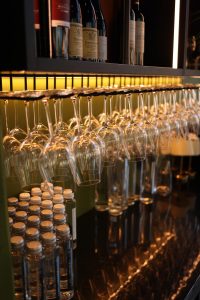 Wine corks are made using material extracted from the bark of cork oak trees. Cork oaks (Quercus suber) are native to the Mediterranean region, home to most of the world’s commercial cork supply.
Wine corks are made using material extracted from the bark of cork oak trees. Cork oaks (Quercus suber) are native to the Mediterranean region, home to most of the world’s commercial cork supply.
They’re impermeable, buoyant, elastic, and fire resistant. For this purpose, they’re frequently used in a variety of different products, but the most common product of them all is the wine stopper.
Corks are prone to deterioration after about ten years in a wine bottle. Deterioration is affected by ambient storage temperatures and humidity within a wine cellar. Warmer and excessively humid environments cause mold to grow around the corks. Consequently, this attacks both the integrity of the bottle and the wine itself. On the flip side, an insufficient amount of humidity causes the cork to dry and crumble.
Are there any exceptions to wine storage angle rules?
The proper wine storage angle will preserve the integrity of your cork and the purity of your wine. That’s why it’s so important to store your vintage bottles at the proper angle and in the right conditions. Set your wine storage racks in a secure basement wine cellar, and you can rest your wine collection on each of the available racks in the cellar space.
Now, there are two exceptions to the standard wine storage angle recommendations. What are those exceptions? Here’s a quick overview of when you can break from the pattern with a different wine storage process.
Fortified wines
 Unlike traditional wines, fortified wines have a different composition. Fortified wines contain a distilled spirit, increasing the alcohol content stored within the wine bottle.
Unlike traditional wines, fortified wines have a different composition. Fortified wines contain a distilled spirit, increasing the alcohol content stored within the wine bottle.
This fortified strength makes the wine less susceptible to the effects of oxidation. Distilled spirits protect the wine’s composition from being affected by excessive airflow. As a result, fortified wines should be stored in a fully vertical position. You can purchase separate wine storage racks and use them as exclusive storage space for your fortified wines.
Screw (plastic) wine stoppers
Traditionalists prefer to collect wines with vintage corks. But modern wines are also bottled using screw or plastic caps as the seal on the bottleneck. Light white or fruity red wines are common examples of wines that are sealed with a screwed or plastic cap.
Because screw or plastic caps are not susceptible to decaying wine corks, oxygen can’t permeate the seal of the caps. Hence, this protects the wine from oxidation.
Screw or plastic sealed wines are not meant to be stored for long periods of time. Therefore, the wine will not go through the aging process that occurs using traditional corks. Consequently, if you have a screwed or plastic sealed wine bottle in your collection, consume it before it has time to age for too long.
Use proper wine storage angles and age your wine gracefully

Uncork your wines with style
Treat your vintage wine cellar as the lifeblood of your wine collection. Indeed, ensure you have the proper wine storage racks to protect the complexities of your wine collection. Allow your wine to age gracefully so you can enjoy all the subtle flavours and textures that will develop with time.






